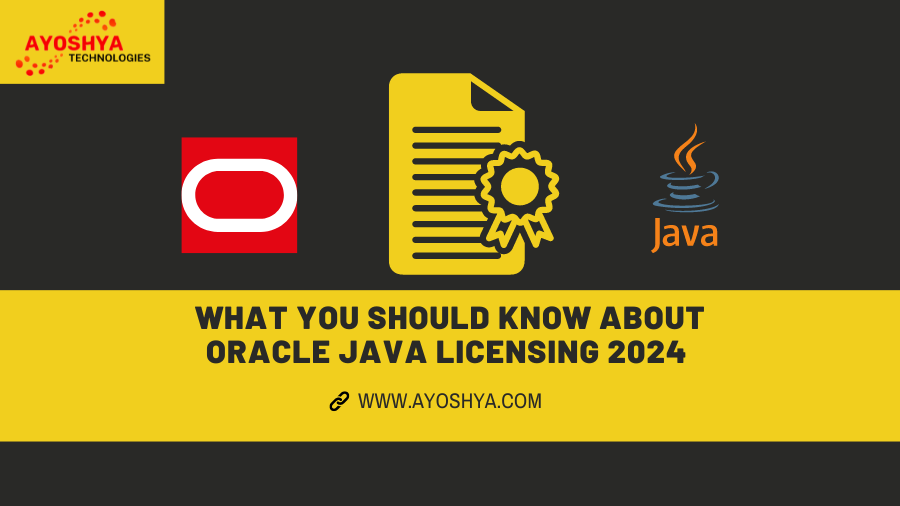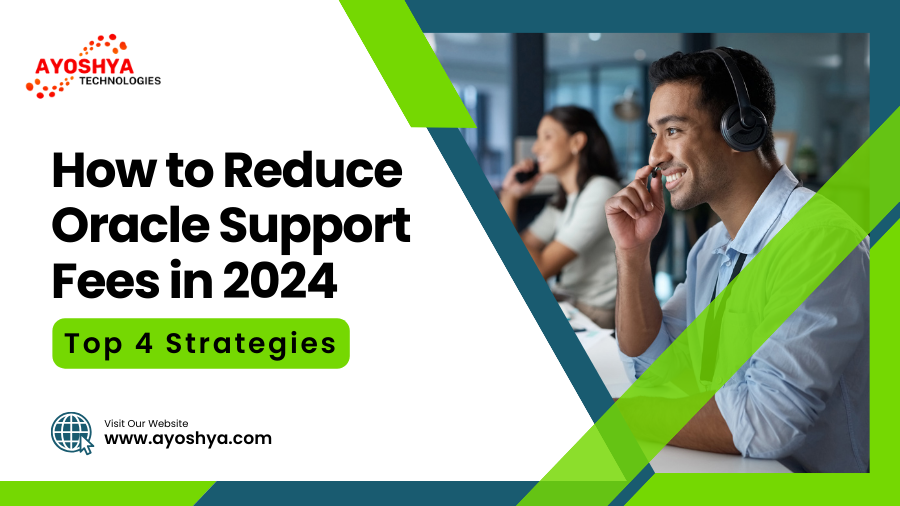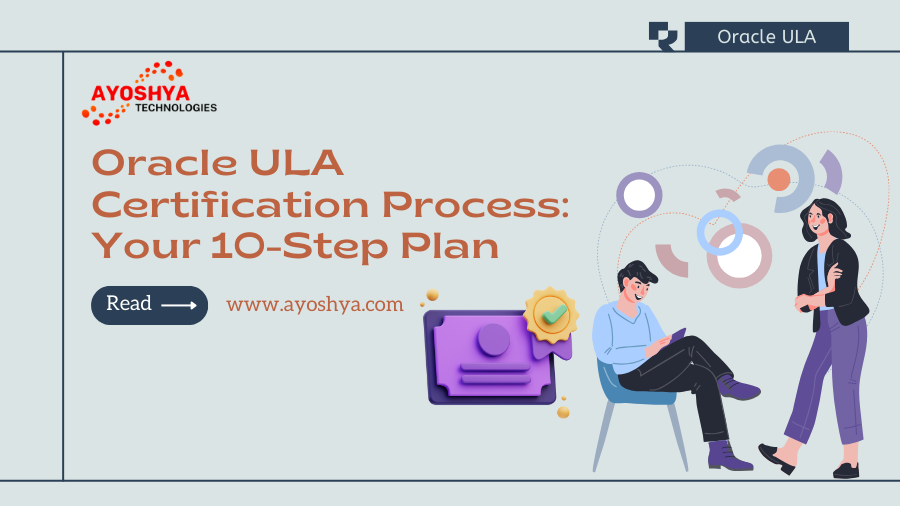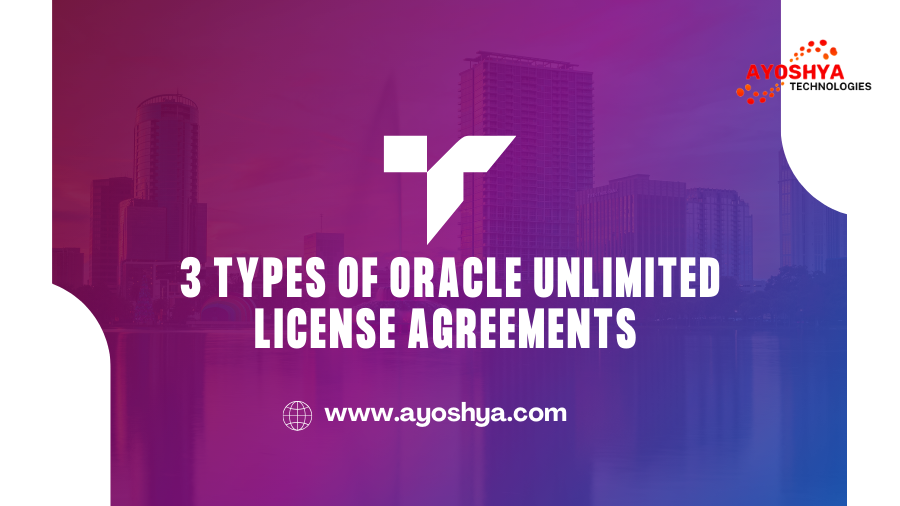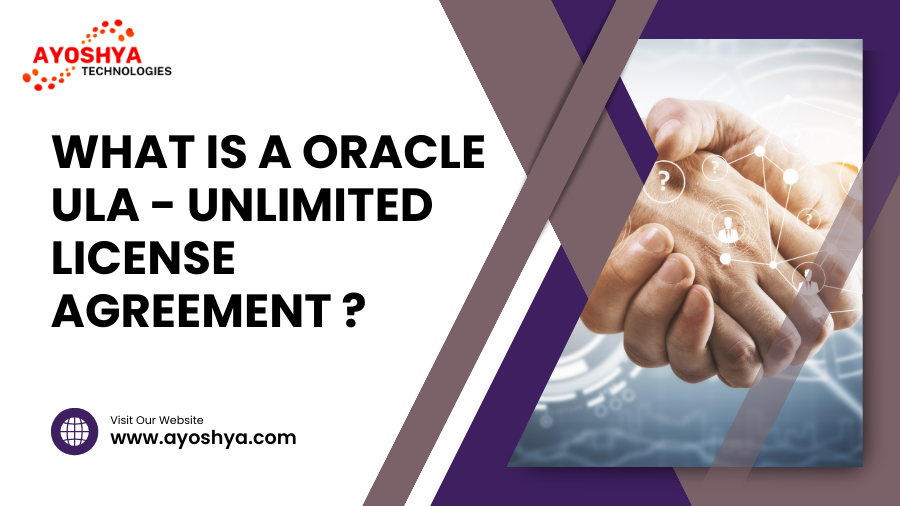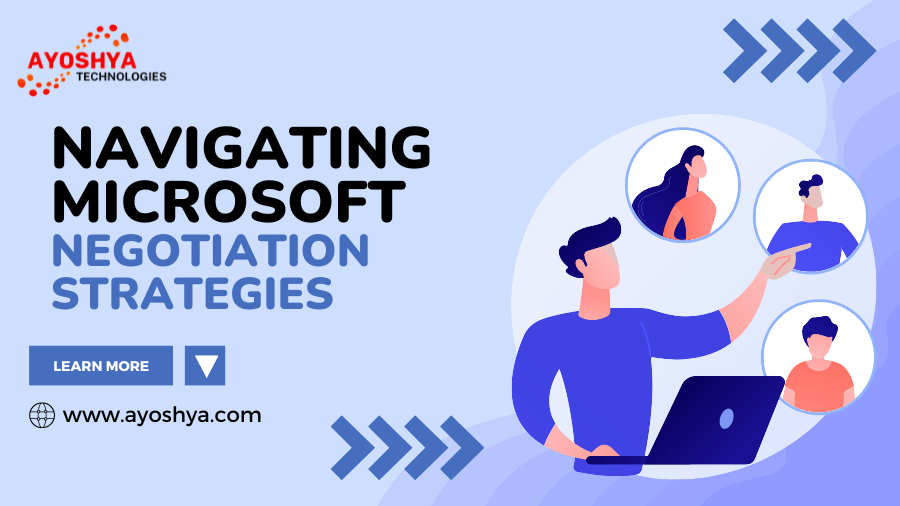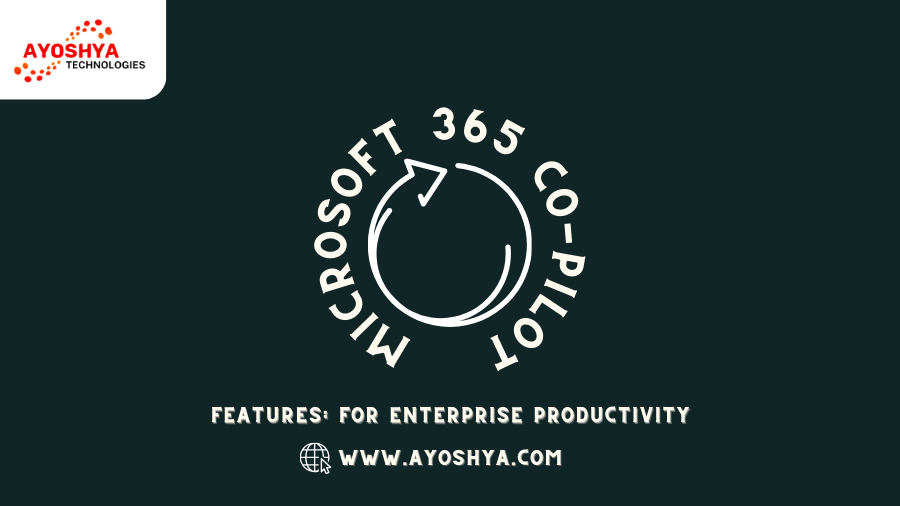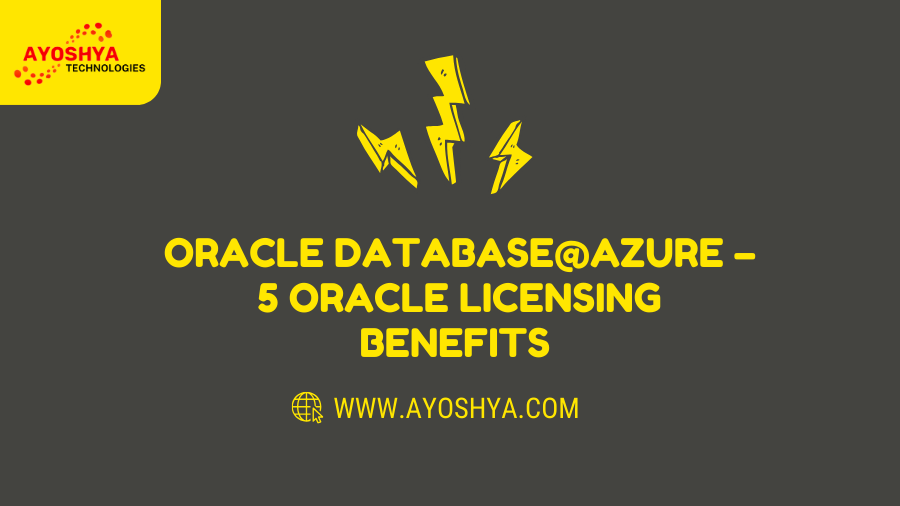Install Oracle SQL Developer in a Flash: A Comprehensive Guide (2024)
Install Oracle SQL Developer. Imagine a world where data is your oyster, a vast ocean of information waiting to be explored. A world where complex databases are not intimidating fortresses, but open gateways to knowledge and power. Enter Oracle SQL Developer, your key to unlocking this hidden realm.
This powerful tool, designed for both the novice and the seasoned developer, empowers you to navigate the intricate world of Oracle databases with ease. Whether you’re a seasoned professional seeking greater efficiency, a student yearning to understand the fundamentals of relational databases, or a curious individual simply fascinated by the power of data, Oracle SQL Developer is your passport to success.
With its intuitive interface and comprehensive features, SQL Developer allows you to manage and explore your databases with unmatched clarity. Craft precise SQL queries to unlock the secrets hidden within your data, build robust applications, and gain valuable insights that can propel your career or business forward.
Demystifying Oracle SQL Developer: A Comprehensive Guide
But the journey doesn’t begin with simply downloading the software. You need a guide, a map to navigate the installation process and ensure your adventure starts on the right foot. Join us as we embark on this exciting exploration, where you’ll discover the secrets of installing Oracle SQL Developer and learn to harness its power to transform your relationship with data.
System Requirements for a Smooth Oracle SQL Developer Installation

Before embarking on your Oracle SQL Developer journey, ensuring your system meets the minimum requirements is crucial. Think of it as preparing your vessel for a voyage – you need to be equipped with the necessary tools to navigate the vast ocean of data efficiently.
1. Operating Systems:
Oracle SQL Developer is compatible with a wide range of operating systems, offering flexibility and accessibility. Here’s a breakdown of the supported platforms:
- Windows:
- Minimum: Windows 7 SP1 (64-bit)
- Recommended: Windows 11 (64-bit)
- macOS:
- Minimum: macOS 10.14 Mojave
- Recommended: macOS 13 Ventura
- Linux:
- Minimum: Red Hat Enterprise Linux 7 (64-bit)
- Recommended: Ubuntu 22.04 LTS (64-bit)
2. Processor Requirements:
A powerful processor is essential for handling the demands of SQL queries and database management. Here’s what you need:
- Minimum: Dual-core processor with 2 GHz or faster
- Recommended: Quad-core processor with 3 GHz or faster
3. RAM Requirements:
Adequate RAM ensures smooth operation and responsiveness within SQL Developer. Here’s the recommended amount:
- Minimum: 4 GB RAM
- Recommended: 8 GB RAM or more
4. Disk Space Requirements:
Sufficient disk space is essential for storing the application itself and any data you work with. Here’s what you need:
- Minimum: 42 MB for the application
- Recommended: 10 GB or more (depending on data size)
5. Java Runtime Environment (JRE):
Oracle SQL Developer relies on JRE to function effectively. Ensure you have the following:
- Minimum: Java SE 11 (64-bit)
- Recommended: Java SE 19 (64-bit)
Note: Oracle recommends using the latest available Java version for optimal performance and security.
Additional Considerations:
- Virtualization: If you’re opting for a virtualized environment, ensure your virtual machine meets or exceeds the recommended system requirements for a smooth experience.
- Network connectivity: A stable internet connection is essential for downloading the software and accessing online resources.
By understanding these system requirements and ensuring your system meets them, you’ll pave the way for a smooth and successful Oracle SQL Developer installation. Remember, preparing your vessel properly ensures a successful journey.
What Is Oracle Database Used For?
Installing Oracle SQL Developer with Confidence

With your system prepped and ready, it’s time to embark on the exciting journey of installing Oracle SQL Developer. Think of this as building your vessel – each step leading you closer to unlocking the vast ocean of data.
1. Choosing Your Installation Method:
Oracle SQL Developer offers three convenient installation methods:
- Standalone Installer: This is the most common method, offering a user-friendly interface and customizable installation options.
- ZIP File: This method is ideal for advanced users or those with limited internet connectivity. It involves downloading a compressed file containing the application and manually extracting it.
- Oracle Cloud Infrastructure (OCI) Marketplace: This method allows you to provision a cloud-based instance of SQL Developer, offering scalability and flexibility.
2. Standalone Installer:
Let’s delve into the detailed steps for using the standalone installer:
- Download the installer: Head to the Oracle website and download the appropriate installer for your operating system.
- Run the installer: Locate the downloaded file and run it. Follow the on-screen instructions carefully, choosing the appropriate installation type (Typical, Custom, or Complete) and selecting the desired installation location.
- Configure database connection (optional): During the installation process, you can configure a connection to your existing Oracle database. This allows you to access and manage your data immediately.
3. ZIP File:
If you choose the ZIP file method, follow these steps:
- Download the ZIP file: Visit the Oracle website and download the correct ZIP file for your operating system.
- Extract the contents: Locate the downloaded ZIP file and extract its contents to a desired location.
- Launch the application: Depending on your operating system, run the
sqldeveloper.exe(Windows) orsqldeveloper.sh(Linux/macOS) file.
4. Oracle Cloud Infrastructure (OCI) Marketplace:
For a cloud-based installation, follow these steps:
- Access the OCI Console: Sign in to your Oracle Cloud account and access the OCI Console.
- Navigate to the Marketplace: Locate the Marketplace section and search for “Oracle SQL Developer”.
- Create an instance: Choose the desired version of SQL Developer and click “Create Instance”.
- Configure and launch: Follow the on-screen instructions to configure your instance and launch it. You can then access SQL Developer through your web browser.
5. Completing the Installation:
Once you’ve completed the installation process using your chosen method, follow these final steps:
- Verify the installation: Launch SQL Developer and ensure everything is working properly.
- Explore the features: Take some time to explore the various features and functionalities of SQL Developer to familiarize yourself with its capabilities.
- Connect to your database: If you haven’t already, connect to your Oracle database to start managing and analyzing your data.
With these detailed instructions and a clear understanding of the various installation methods, you’ll be able to install Oracle SQL Developer with confidence and embark on your exciting journey of data exploration.
Oracle PL SQL: A Comprehensive Guide
Smoothing the Waters: Additional Tips and Troubleshooting for a Seamless Oracle SQL Developer Installation

Even with the best preparation and execution, unforeseen challenges can arise during the installation process. This section provides additional tips and troubleshooting strategies to ensure your journey remains smooth sailing.
1. Verifying Java Runtime Environment (JRE):
As mentioned earlier, Oracle SQL Developer relies on Java SE to function effectively. Make sure:
- You have the correct JRE version installed (minimum Java SE 11, recommended Java SE 19).
- Verify the JRE version by navigating to your system settings or searching for “java -version” in the terminal.
- Download and install the appropriate JRE version from the Oracle website if needed.
2. Ensuring Sufficient Disk Space:
Insufficient disk space can hinder the installation process or cause performance issues later. Here’s what to do:
- Verify your available disk space before starting the installation.
- Ensure you have sufficient space for the application itself (42 MB minimum) and your data (recommended 10 GB or more).
- Free up disk space by deleting unnecessary files or moving data to external storage if needed.
3. Checking for Installation Logs:
If you encounter any installation errors, reviewing the installation logs can provide valuable insights into the problem. Here’s how:
- Locate the installation log file (typically located in the temporary folder).
- Open the log file with a text editor.
- Analyze the log entries for error messages or warnings.
- Search online for solutions or contact Oracle support for assistance.
4. Exploring Online Resources:
The Oracle website and online communities offer a wealth of resources to help you with any installation challenges. Here are some valuable resources:
- Oracle SQL Developer documentation: Provides detailed instructions, FAQs, and troubleshooting guides.
- Oracle community forums: Connect with other users and experts to seek help and advice.
- Online tutorials and blogs: Find step-by-step guidance and troubleshooting tips from experienced users.
5. Utilizing Virtualization:
Using a virtual machine (VM) can be a helpful troubleshooting tool, allowing you to:
- Test the installation in a controlled environment without affecting your system.
- Easily revert to a previous state if issues arise.
- Isolate any compatibility issues with your main system.
By implementing these tips and utilizing the available resources, you can navigate any installation challenges and ensure a smooth journey with Oracle SQL Developer. Remember, persistence and resourcefulness are key to overcoming any obstacle.









